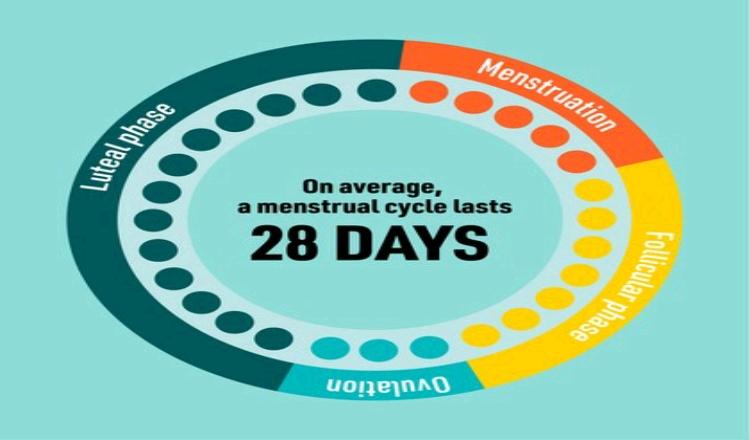Average Duration:
The menstrual cycle typically spans around 28 days, but its length can range from 21 to 35 days, varying from one woman to another. This cycle is categorized into three primary phases.
Menstrual Phase:
This phase endures for approximately 5 days, encompassing the period of menstruation when blood is discharged from the vagina. During this time, the uterus expels the unutilized uterine lining.
Follicular Phase:
Following the cessation of menstruation, the follicular phase extends for approximately 14 days. It is during this phase that a follicle in the ovary matures and releases an egg. Ovulation usually transpires around the 14th day of the cycle.
We're now on WhatsApp. Click here to join.
Read Also: Benefits of Onion Oil for Hair: A Natural Solution for Strong and Healthy Hair
Luteal Phase:
Subsequent to ovulation, the luteal phase persists for roughly 14 days. If the egg remains unfertilized, hormone levels drop, prompting the onset of a new menstrual period.
Ovulation:
Ovulation denotes the release of an egg from the ovary, which typically occurs around the 14th day of the menstrual cycle. This phase represents the sole window during which a woman can potentially conceive if sexual intercourse takes place.
Symptoms Before and During Menstruation:
Various symptoms may manifest in the days leading up to and during menstruation, such as stomach discomfort, breast tenderness, mood swings, fatigue, and others.
Irregularities:
Menstrual irregularities can arise at specific life stages or due to underlying health issues. In case of uncertainty, it is advisable to seek guidance from a medical professional.
Source: Flexhealthtips.com





